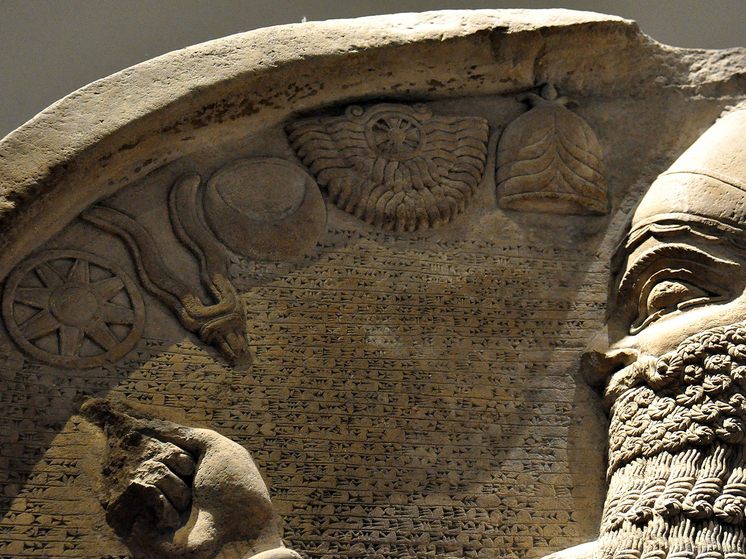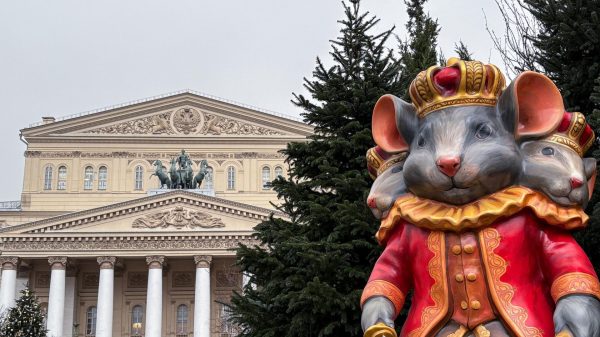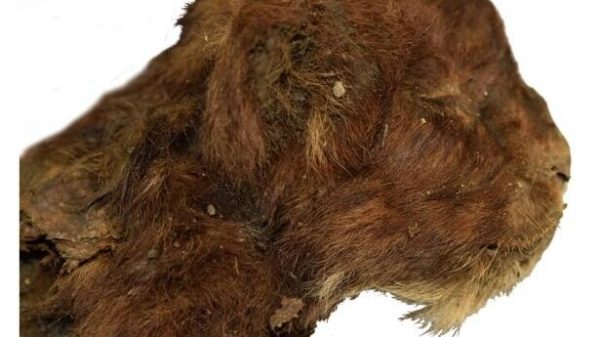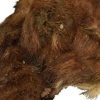They tried to break the code for more than a century
The ancient graphic code, which interested experts for more than a hundred years, was completely deciphered for the first time. This discovery will allow scientists to learn what was hidden by the powerful Assyrian Empire, which stretched across much of the Middle East from the 14th to the 7th century BC.

An ancient code that has baffled experts for more than a century has finally been cracked. The deciphered series of symbols is found in temples throughout Dur Sharrukin, which was once the capital of Assyria.
The Assyrian Empire, which extended across much of the Middle East between the 14th and 7th centuries BC, is considered the greatest of the Mesopotamian Empires. empires largely due to their enormous military power and technological achievements.
In particular, these symbols relate to King Sargon II, who reigned from 721-704 BC. These images are found in several places in the temples of Dur-Sharrukin, which was for some time the capital of Assyria. The sand-buried ruins of the ancient city were excavated in the 19th and 20th centuries. But the meaning of these images has long been the subject of debate. Some experts believe that the drawings represent gods, supernatural forces, royal power, while others indicate that these are attempts to create Egyptian hieroglyphs
“This region of the world, which includes modern-day Iraq and parts of Iran, Turkey and Syria, is often called the cradle of civilization,— reports Assyriologist and historian Martin Worthington of Trinity College Dublin in Ireland. — This is the place where cities and empires were born, and its history — a huge part of human history.»
Worthington spent years working on the mysterious cryptograms that were discovered during excavations of the buried ruins of Dur-Sharrukin in the 19th and 20th centuries.
In short form they consist of a lion, a fig tree and a plough. A more detailed version shows five symbols in sequence: a lion, a bird and a bull, then a tree and a plow.
The scientist put all the images together and came to the conclusion that the name of Sargon sounds in these drawings. It shows that the symbols can also refer to star constellations – the purpose is to pay respect to the supreme king by writing his name on the stars and linking him with the gods.
It is important to note that the interpretation is valid for both the long and short forms of this graphical code. While previous theories have suggested that these images may refer to the king and the night sky – not least because of the blue and yellow colors.
Worthington explains in detail the language used: for example, the Assyrian word for «tree» sounds similar to «jaw», which is the name of the constellation, with which people of that time were familiar with. Moreover, these constellations were associated with the ancient gods, which further emphasized the respect for Sargon.
«Five symbols forever immortalized the name of Sargon in the heavens – a clever way to make the king’s name immortal,” — declares the specialist.
The symbols of walking lions could also mean the name of Sargon in the ancient Assyrian language, as well as have a close connection with royal figures, which further confirms the connection in longer versions of this visual code.
Although the Mesopotamian civilizations are part of our distant past, they are still considered extremely important to our understanding of many aspects of human history.


























































Свежие комментарии